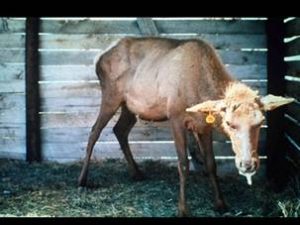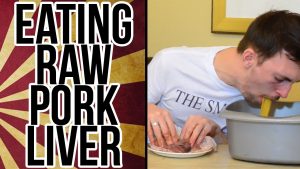The European Food Safety Authority (EFSA) has developed a harmonised approach to assessing and taking account of uncertainties in food safety, and animal and plant health. This approach will boost the transparency of the resulting scientific advice and make it more robust for decision-making.
The EFSA Scientific Committee guidance on uncertainty in scientific assessments offers a diverse toolbox of scientific methods and technical tools for uncertainty analysis. It is sufficiently flexible to be implemented in such diverse areas as plant pests, microbiological hazards and chemical substances.
Prof Tony Hardy, Chair of the Scientific Committee said: “Since 2016, we have tested, refined and tailored our new approach to uncertainty analysis, benefiting from open consultations with EFSA’s partners and the wider public. Crucially, we learnt a great deal about how to apply the new approach by trialling it across all EFSA’s scientific areas of activity.
The approach is described in two separate documents: a short user-friendly (says who?) guidance with practical instructions and tips, and a supporting scientific opinion with all the detailed scientific reasoning and methods.
The long-term goal is that the new guidance on uncertainty will be an integral step in all EFSA’s scientific assessments.
Prof Hans Verhagen is head of EFSA’s department for risk assessment. He said: “The trial showed that in areas like plant health, an explicit uncertainty analysis is already being used, with positive feedback from risk managers who say this helps them with their decision-making. In other areas, where uncertainty analysis is not yet integrated in the assessment process, the testing phase has helped give a clearer idea how to develop tailored approaches.”
EFSA will implement the approach in two stages. In general scientific areas, the guidance will apply from autumn 2018 after the renewal of the Authority’s scientific panels.
 In regulated products areas such as pesticides, food additives or food contact materials it will be phased in later on, in light of the experience gained in the ‘non-regulated’ areas.
In regulated products areas such as pesticides, food additives or food contact materials it will be phased in later on, in light of the experience gained in the ‘non-regulated’ areas.
In parallel, EFSA is developing practical guidance for communication specialists on how to communicate the results of uncertainty analysis to different target audiences, including the public. A public consultation will be held on a draft of the communication approach in 2018.
Others have been working on this for 40 years. When the goal is public health – so more people don’t barf – we already know it’s better to go public early and oftern.
Going public: Early disclosure of food risks for the benefit of public health
Mar.17
NEHA, Volume 79.7, Pages 8-14
Benjamin Chapman, Maria Sol Erdozaim, Douglas Powell
http://www.neha.org/node/58904
Often during an outbreak of foodborne illness, there are health officials who have data indicating that there is a risk prior to notifying the public. During the lag period between the first public health signal and some release of public information, there are decision makers who are weighing evidence with the impacts of going public. Multiple agencies and analysts have lamented that there is not a common playbook or decision tree for how public health agencies determine what information to release and when. Regularly, health authorities suggest that how and when public information is released is evaluated on a case-by-case basis without sharing the steps and criteria used to make decisions. Information provision on its own is not enough. Risk communication, to be effective and grounded in behavior theory, should provide control measure options for risk management decisions. There is no indication in the literature that consumers benefit from paternalistic protection decisions to guard against information overload. A review of the risk communication literature related to outbreaks, as well as case studies of actual incidents, are explored and a blueprint for health authorities to follow is provided.











